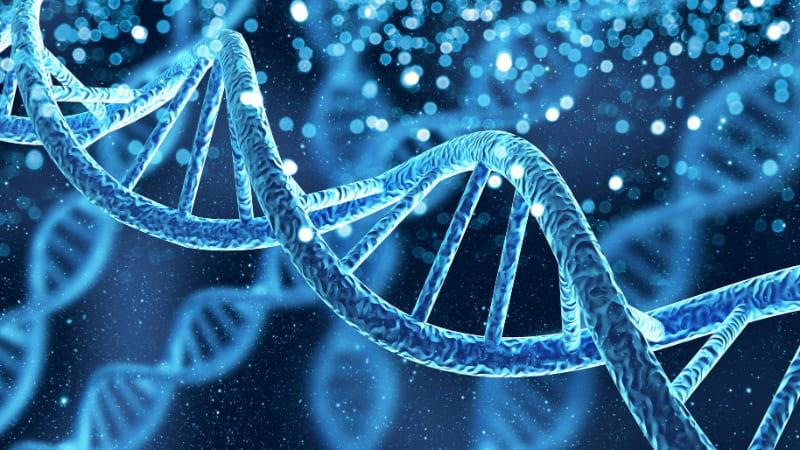
Bare lymphocyte syndrome type 1 and 2
Bare lymphocyte syndrome type 1 and 2 are forms of combined immune deficiencies (CIDs) characterized by a shortage of major histocompatibility complex (MHC) proteins.

Bare lymphocyte syndrome type 1 and 2 are forms of combined immune deficiencies (CIDs) characterized by a shortage of major histocompatibility complex (MHC) proteins.
See if you qualify to participate in clinical trials evaluating new treatments and/or diagnostics for bare lymphocyte syndrome.
Bare lymphocyte syndrome type 2 is also known as MHC or HLA class 2 deficiency.
Bare lymphocyte syndrome type 2 generally results in a clinical picture of CID since MHC class 2 proteins play a pivotal role in the maturation and function of both T and B cells. However, milder cases have been described. Most individuals present with viral, bacterial, fungal, and/or parasitic infections. Common symptoms include pneumonitis, bronchitis, gastroenteritis, and septicemia. Infections usually start in the first year of life and are associated with failure to thrive, diarrhea, and malabsorption. Those with bare lymphocyte syndrome type 2 commonly have the following abnormal laboratory findings:
There is a complete absence of MHC class 2 proteins on B cells and a slight decrease in MHC class 1 proteins. An attempt should be made to identify the exact genetic variant once an absence of MHC class 2 is observed.
Therapy is supportive and is aimed at reducing infections with the administration of antibiotics and Ig replacement therapy. HSCT can resolve the immune deficiency. The chances for success are higher if the transplant is performed in the first two years of life. Individuals with MHC (HLA) class 2 deficiency generally die before five years of age without HSCT.
This page contains general medical and/or legal information that cannot be applied safely to any individual case. Medical and/or legal knowledge and practice can change rapidly. Therefore, this page should not be used as a substitute for professional medical and/or legal advice.
Adapted from the IDF Patient & Family Handbook for Primary Immunodeficiency Diseases, Sixth Edition.
Copyright ©2019 by Immune Deficiency Foundation, USA
Receive news and helpful resources to your cell phone or inbox. You can change or cancel your subscription at any time.